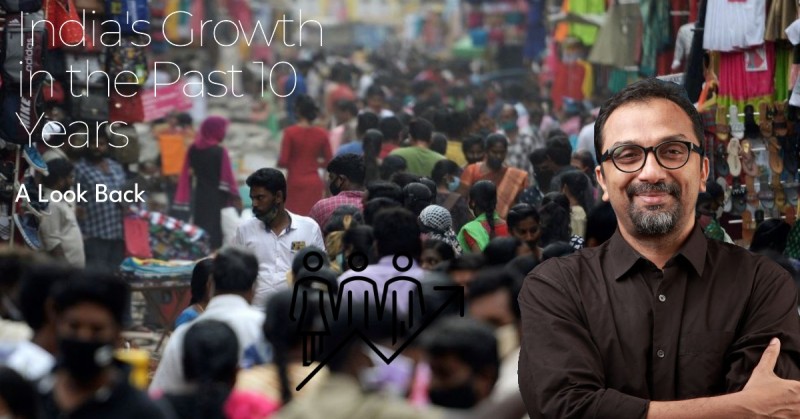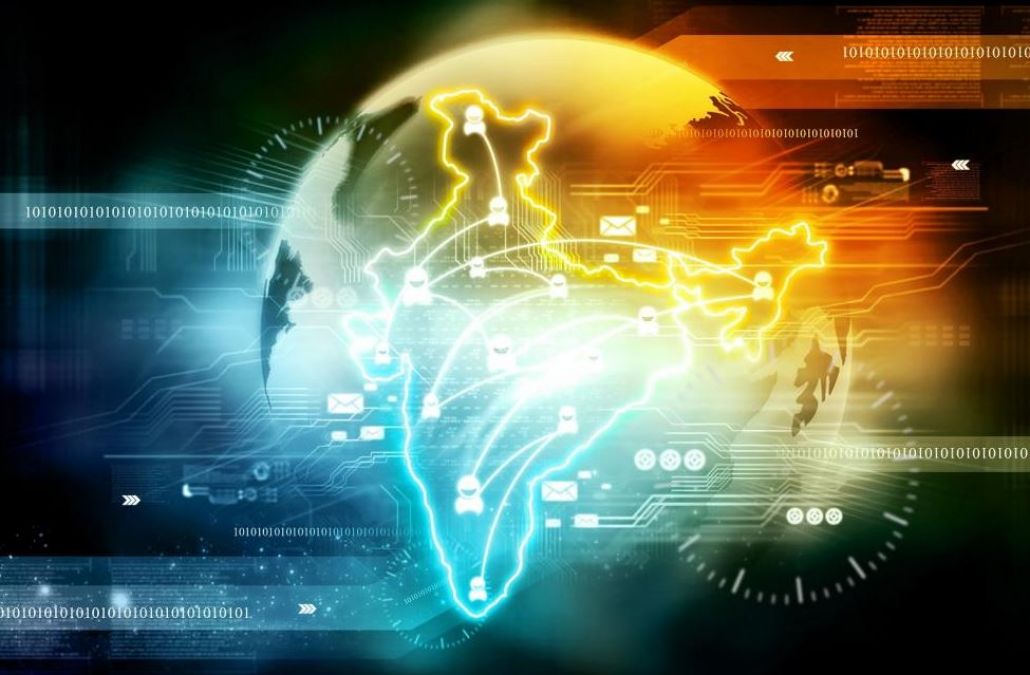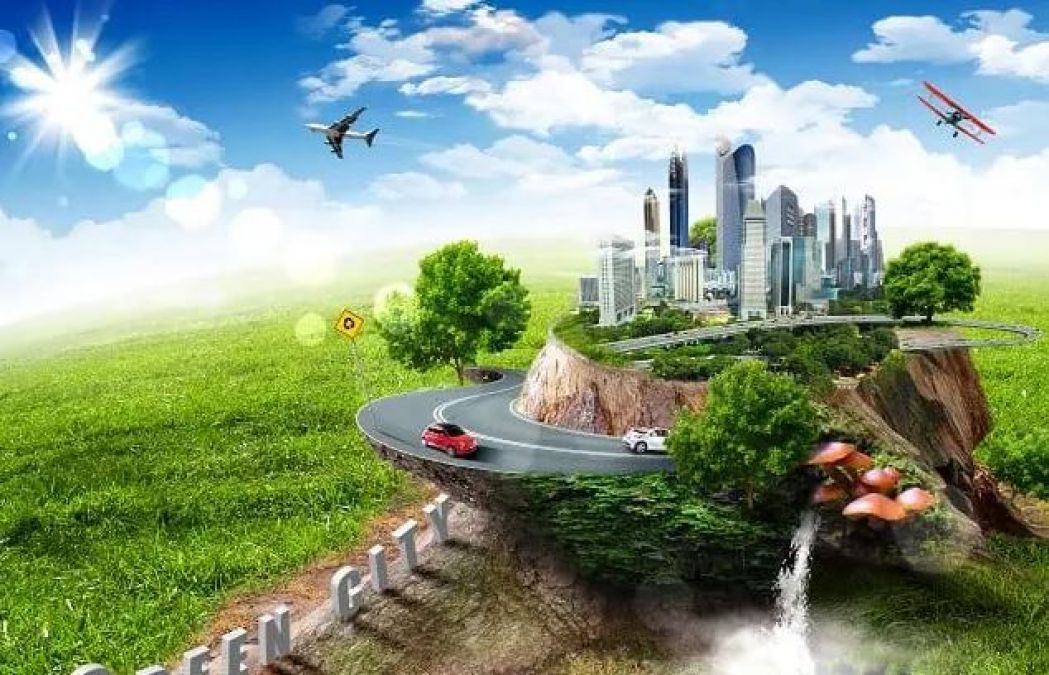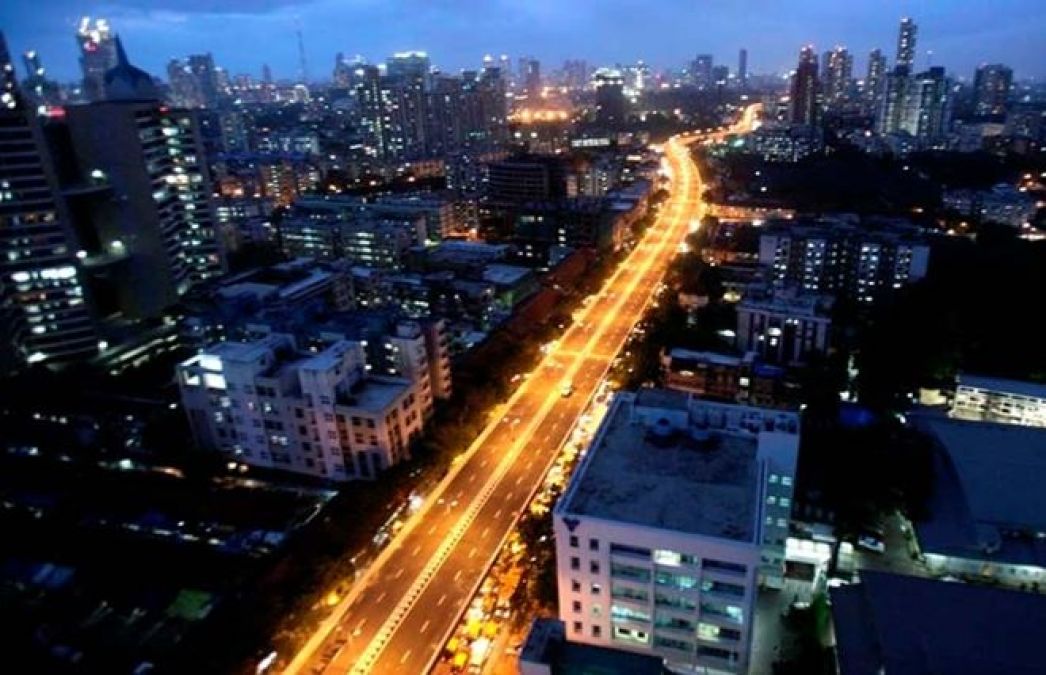
India, a nation known for its rich cultural heritage and diverse population, has witnessed remarkable growth and development over the past decade. From economic advancements to social reforms, India has made significant strides in various sectors, positioning itself as one of the fastest-growing economies in the world. This article explores the key areas of growth and highlights the transformative changes that have taken place in India over the last ten years.
Introduction: A Nation on the Rise
India, with its vast population and diverse landscapes, has emerged as a global powerhouse in the past ten years. The country has witnessed significant growth and development across various sectors, transforming its economic, social, and technological landscape. This article delves into the remarkable changes India has experienced, highlighting the key areas of growth and advancement.

Expansion of Industries and Infrastructure
Over the past decade, India has witnessed an exponential growth of industries and infrastructure. Sectors such as information technology, manufacturing, healthcare, and retail have expanded significantly, contributing to the country's economic growth. The government's focus on ease of doing business and initiatives like Make in India have attracted both domestic and foreign investments, fostering entrepreneurship and job creation.
Rise of the Start-up Ecosystem
India has become a hotbed for start-ups, fostering innovation and entrepreneurial spirit. The past decade has seen a surge in start-up culture, with numerous success stories emerging from sectors such as e-commerce, fintech, and technology. Initiatives like Startup India and incubation centers have provided support and funding opportunities for budding entrepreneurs, further driving the growth of the start-up ecosystem.
Foreign Direct Investment (FDI)
India has become an attractive destination for foreign direct investment (FDI) due to its favorable business environment and market potential. The past ten years have witnessed a significant inflow of FDI across sectors such as manufacturing, services, and infrastructure. This influx of foreign investments has not only stimulated economic growth but has also facilitated the transfer of technology and expertise to the country.

Digital India Initiative
The Digital India initiative, launched in 2015, has been instrumental in transforming India into a digitally empowered society. The widespread adoption of digital technologies, internet connectivity, and e-governance has revolutionized various sectors, including governance, education, healthcare, and banking. The initiative has bridged the digital divide, empowering citizens and promoting inclusive growth.
Mobile Revolution
India has witnessed an unprecedented mobile revolution in the past decade. With affordable smartphones and widespread availability of internet connectivity, the number of mobile phone users has skyrocketed. This revolution has not only connected millions of people but has also opened avenues for digital services, e-commerce, and digital payments, transforming the way people communicate, access information, and conduct business.
E-commerce Boom
The rise of e-commerce in India has been nothing short of phenomenal. Online shopping platforms have gained immense popularity, offering convenience, variety, and competitive prices to consumers. The past ten years have seen a significant surge in e-commerce players and the adoption of digital payment systems, revolutionizing the retail landscape and creating new business opportunities.

Women's Empowerment
India has witnessed a significant shift towards gender equality and women's empowerment in the past decade. Initiatives like Beti Bachao, Beti Padhao (Save the Girl Child, Educate the Girl Child) and women-centric welfare programs have focused on improving the status of women in society. Efforts to enhance access to education, healthcare, and employment opportunities for women have empowered them and paved the way for a more inclusive and progressive society.
Education and Literacy
The government's emphasis on education and literacy has yielded positive outcomes over the past ten years. Various initiatives have been undertaken to improve access to quality education, bridge the education gap, and enhance skill development. The implementation of digital technologies in education, such as online learning platforms and e-books, has revolutionized the learning experience and expanded educational opportunities.
Healthcare Reforms
Healthcare reforms have been a key area of focus for India in the past decade. The government has taken steps to strengthen healthcare infrastructure, increase accessibility, and improve the quality of healthcare services. Initiatives like Ayushman Bharat, a health insurance scheme, and the National Health Mission have aimed to provide affordable healthcare to all citizens, leading to improved health outcomes and a reduction in poverty caused by medical expenses.

Renewable Energy Expansion
India has made significant strides in renewable energy expansion over the past decade. The country has become one of the world's leading producers of solar energy, with a substantial increase in solar power capacity. Initiatives like the National Solar Mission and increased investments in wind and hydroelectric power have propelled India towards a sustainable energy future, reducing dependence on fossil fuels and mitigating climate change.
Swachh Bharat Abhiyan (Clean India Mission)
The Swachh Bharat Abhiyan, launched in 2014, has been a remarkable campaign to improve sanitation and cleanliness in India. This mission has focused on constructing toilets, promoting cleanliness practices, and creating awareness about the importance of hygiene. The Swachh Bharat Abhiyan has had a profound impact on public health, environmental sustainability, and the overall well-being of communities across the country.
Conservation Efforts
India has taken significant steps towards conserving its natural resources and protecting its rich biodiversity. Various conservation initiatives, such as Project Tiger, Project Elephant, and National Mission for Green India, have been implemented to safeguard endangered species, preserve ecosystems, and promote sustainable development. These efforts reflect India's commitment to environmental sustainability and biodiversity conservation.

Smart Cities Mission
The Smart Cities Mission, launched in 2015, aims to transform urban areas into technologically advanced and sustainable cities. Under this mission, cities across India are being developed with a focus on smart solutions, efficient governance, and improved quality of life. The development of smart infrastructure, enhanced connectivity, and integrated urban planning are driving India's urban transformation and improving the living standards of its citizens.
Highways and Expressways
India's road infrastructure has witnessed significant development in the past decade. The construction of highways and expressways has improved connectivity between cities, reduced travel time, and boosted trade and tourism. The development of the Golden Quadrilateral and the Bharatmala Project have been instrumental in strengthening India's road network and facilitating economic growth.
Modernization of Railways
India's railways, known as the lifeline of the nation, have undergone a transformative modernization process in the past ten years. The introduction of high-speed trains, modernization of railway stations, and the implementation of advanced technologies have enhanced passenger comfort, safety, and efficiency. These developments have contributed to the growth of tourism, trade, and connectivity across the country.

Film Industry (Bollywood)
India's film industry, popularly known as Bollywood, has continued to thrive and gain global recognition in the past decade. Indian cinema has reached new heights, producing critically acclaimed films and attracting audiences worldwide. Bollywood movies have not only entertained but have also become a medium to promote Indian culture, values, and talent on the international stage, contributing to India's soft power.
Art, Literature, and Music
India's rich artistic heritage has flourished in the past ten years, with a resurgence in art, literature, and music. The promotion of indigenous art forms, support for emerging artists, and the establishment of cultural festivals and events have rejuvenated India's cultural landscape. The creative expressions of Indian artists have garnered global acclaim, making India a vibrant hub of creativity and cultural diversity.
Yoga and Wellness
Yoga, an ancient Indian practice, has gained immense popularity worldwide in the past decade. The International Day of Yoga, celebrated annually on June 21st, has been instrumental in promoting the physical, mental, and spiritual benefits of yoga. India's focus on wellness and holistic living has attracted wellness tourism, with visitors seeking rejuvenation through yoga retreats, Ayurvedic treatments, and meditation practices.
Conclusion
India's growth in the past ten years has been nothing short of remarkable. From economic advancements to social reforms, technological innovations to infrastructure development, India has emerged as a dynamic nation poised for even greater achievements. The transformative changes witnessed across various sectors have laid a strong foundation for a prosperous and inclusive future. India's journey of growth and development continues, driven by the collective efforts of its government, citizens, and global partnerships.
India's economic growth rate over the past decade has averaged between 6-7%, showcasing a steady upward trajectory. This impressive expansion can be attributed to a multitude of factors, including:
1. A burgeoning and youthful populace: India boasts a burgeoning and youthful population, thereby presenting a substantial talent pool and consumer base.
2. Escalating middle-class affluence: The Indian middle class is experiencing a rapid upsurge, which is generating fresh demands for an array of products and services.
3. The flourishing services sector: India's services sector has witnessed remarkable growth, now assuming the mantle of the largest contributor to the nation's GDP.
4. A propitious investment climate: The Indian government has proactively fostered an environment conducive to investment, thereby attracting substantial foreign capital.
These factors collectively contribute to India's emergence as one of the globe's fastest-growing economies. In the year 2022, India achieved a staggering GDP growth rate of 8.7%, solidifying its position as the world's premier fast-growing major economy.
Nevertheless, India confronts certain challenges in its pursuit of sustained economic momentum. These challenges include:
1. Inequity: India remains a profoundly unequal nation, with the fruits of economic growth not evenly distributed among its populace.
2. Infrastructure deficiencies: India's infrastructure lags behind, acting as a bottleneck for further progress.
3. Corruption: Corruption poses a formidable obstacle in India, eroding governmental and corporate efficiency.
Despite these hurdles, India is strategically positioned to sustain its economic momentum in the years to come. The country possesses a vast and youthful population, an ascending middle class, and a burgeoning services sector. With the implementation of prudent policies, India can continue its trajectory as one of the world's preeminent fast-growing economies.
Mythological and Legendary Stories Associated with the Hanging Pillar at Lepakshi
'Want to see India, adore Bollywood films,' says Suga of BTS
Disha Patani Birthday: Celebrating the Life and Success of a Bollywood Star